Mentioning the golden dragon reminds me of nearly a thousand years ago, "in the year of Mau Tuat, the 5th year of Long Thuy Thai Binh (1058), in the autumn of the 9th month, the king went to Ba Lo sea, and took the opportunity to go to the place where the Tower was built in Do Xao (Do Son)". Currently, Tuong Long Tower is located on the top of Long Son (Dragon Mountain) in Ngoc Xuyen ward, Do Son district, Hai Phong city.
Tuong Long Tower, a thousand-year-old historical relic in Do Son, Hai Phong.
The tower and the story of the golden dragon appear
The book “Brief History of Vietnam”, the oldest history book of the Vietnamese people, says, “in the autumn of the 8th month, on the day of Binh Tuat (1059), a golden dragon appeared at Truong Xuan palace, the king gave the tower in Do Son the name Tuong Long (meaning good omen)”.
So what was the scale, architecture and position of Tuong Long tower that Ly Thanh Tong (the 3rd Emperor of the Ly Dynasty, a wise and benevolent monarch praised by historian Ngo Si Lien) "sincerely loved the people, valued farming, sympathized with the punished, comforted and subdued people from afar, established a medical school, respected rites and maintained integrity, improved the civil and military affairs, kept the country peaceful, worthy of being called a good king".
Ly Thanh Tong was also a devout Buddhist, revered Buddhism as the state religion. The king ordered the construction of four great stupas: Dai Thang Tu Thien stupa (Bao Thien stupa, 1057), Tuong Long stupa (1057 - 1059), Phat Tich stupa (1066) and Thang Binh stupa (1068). Historical records show that Bao Thien stupa is several tens of meters high, the bronze tower top is engraved with three words "Dao Ly Thien", expressing the thoughts of the supreme being building up to the sky. Pham Su Manh - a poet of the Tran Dynasty in the poem "De bao thien thap" describes it as "A pillar supporting the sky, towering high to protect the capital". Phat Tich stupa, engraved on the temple stele in 1688, is recorded as being a thousand meters high. Tuong Long stupa is stated in "Dai Nam Nhat Thong Chi" as "the old Do Son tower in Do Son commune, Nghi Duong district is a hundred meters high".
Thus, under the reign of Ly Thanh Tong, the tower symbolized the authority of Buddha, and behind that divine power was military power, the symbol of the king. Therefore, the tower had a large scale, magnificent architecture, expressing the spirit reaching up to the blue sky.
Returning to Tuong Long tower, historical records tell posterity the time of construction and completion of the tower (1057 - 1059). The inscription on the bell of Van Ban pagoda, Do Son states: During the Tran dynasty, the tower collapsed, monk Huong Tam and layman Dai An repaired the tower. During the Nguyen dynasty, "in the third year of Gia Long (1804), bricks and stones were broken to build the Hai Duong citadel" (Dai Nam Nhat Thong Chi).
In the 60s of the 20th century, on the top of Thap mountain, the highest mountain in the Cuu Long mountain range, over 100m above sea level, Tuong Long tower, although destroyed since the beginning of the 19th century and until the middle of the 20th century, people at the foot of Thap mountain still used bricks and stones to build walls and embankments, but the remaining part of the tower was still 5m high.
In 1972, the US imperialists attacked the North, Hai Phong was a key point. On the top of the high mountain, the tower became a landmark for US aircraft from the 7th fleet to bomb Hai Phong city. For military purposes, the tower was leveled.
.
Precious archaeological artifacts excavated at Tuong Long tower.
The ancient tower comes into the light
It was not until 1973 that the Hai Phong Museum had more information about this tower. To research and preserve the Tuong Long tower, in 1978, the Institute of Archaeology cooperated with the Hai Phong Museum to excavate the tower for the first time. Twenty years later, in 1998, the Hai Phong Museum excavated for the second time and more than 10 years later, in 2009, the Institute of Archaeology cooperated with the Hai Phong Museum to excavate for the third time to serve the research and reconstruction of the Tuong Long tower.
Through three excavations, archaeologists initially let us know that the tower's foundation is square with three overlapping floors: the bottom floor has each side 7.86m long, the middle floor is 7.36m and the top floor is 6.92m.
In the excavation pits, many bricks for building the tower were discovered dating from “Ly Gia De Tam De Long Thuy Thai Binh Tu Nien Tao” (1057), clearly confirming the year the tower was built. In addition, through the excavations, many decorative bricks for the exterior were also found with embossed floral and lemon motifs; and pieces of terracotta decorated with dragons and phoenixes. The dragon is neatly depicted in a bodhi leaf layout with a round body, curving in a bag shape, gracefully, with 5 legs spread out, a head of fire shaking, flying in a space dense with clouds and fire; the phoenix is depicted in a very soft and graceful posture of spreading its wings.
At the base of Tuong Long tower, you can also find mandarin duck and lion statues. The mandarin ducks are created in a still posture, their whole bodies are round, their beaks are flat, their heads are slightly raised. Their whole bodies are covered by two wide wings. The tails of the birds are slightly curved, most of the birds discovered at Tuong Long tower, as well as other towers of the same period, have broken necks.
The late professor Tran Quoc Vuong, by intuition, suspected that the pagodas and towers of the Ly Dynasty were more or less related to Lady Y Lan. When she died, people broke the mandarin ducks' heads. That was just a suspicion, because mandarin ducks have long and thin necks, when the tower fell, the bird's head often broke off. The statue of a lion's head opened its mouth, its long, curved tongue rolled like a strip of water. The lion's forehead was round, its nose was large and flat, and its beard spread out on both sides, forming a background for the face.
In addition, at the tower foundation, many types of tiles, flat tiles, lotus tiles were also found. Here, an octagonal pedestal made of green stone was also found. The pedestal is 20cm high, with 2 floors. The front side of each side is embossed with a dragon image typical of the Ly Dynasty with a small body, smooth body, and a mane rising high like a flame. And part of the Buddha statue only has the neck and a part of the chest left.
Based on excavation results, documents in ancient books and survey results at pagodas and towers of the Ly - Tran dynasties, we have an initial look at Tuong Long tower.
The tower is a multi-storey structure, over 30m high. This is a tower to worship Buddha, the higher it goes, the smaller and lower the floors become, but the change is gradual, not sudden. The floors are separated by roofs that protrude outward and curve up at the corners, forming the ends of the roof, with wind chimes hanging below. The basement floor is decorated with dragons; the roof is covered with flat tiles, lotus tiles, on the roof edge are decorated with Bodhi leaves in the shape of dragons, phoenixes and mandarin ducks; the upper floors are decorated with lemon flowers, the basement worships a Buddha statue.
In addition to its function of worshipping Buddha and being a Buddhist center in the northeastern coastal region, the tower is also a famous landmark and a temporary palace, affirming the power and presence of the Ly dynasty in the eastern border region.
Not only that, Tuong Long tower also played the role of an outpost, a fortress guarding, guarding, and protecting the entire northeastern coastal area of Dai Viet nation, paving the way for the construction of outpost pagodas during the Tran Dynasty later such as: Yen Tu Pagoda (Quang Ninh); Huong Pagoda (Ha Tinh).
In 2010, on the occasion of the 1,000th anniversary of Thang Long - Hanoi, the Government allowed Tuong Long tower to be reconstructed and in 2017, Tuong Long tower was inaugurated in the joy of the people and Buddhists.
The Spring of Giap Thin 2024 has arrived, inviting visitors from all over to Do Son, enjoy the beautiful scenery, go up the mountain to visit the pagoda, worship Buddha to pray for blessings, good luck and admire Tuong Long tower, a famous landmark of the Ly Dynasty, standing tall and majestic on the top of Dragon Mountain, Do Son.
Tuong Long Tower, a famous landmark and a royal palace, is associated with the emperors, where the king resides when on patrol. The tower is built on the top of the mountain, facing south, the direction of wisdom, of the emperor. In front of the tower, there is a stream running straight from the sea to the foot of the mountain, very convenient for the king to visit the tower.
According to Do Xuan Trung/laodong.vn
Source


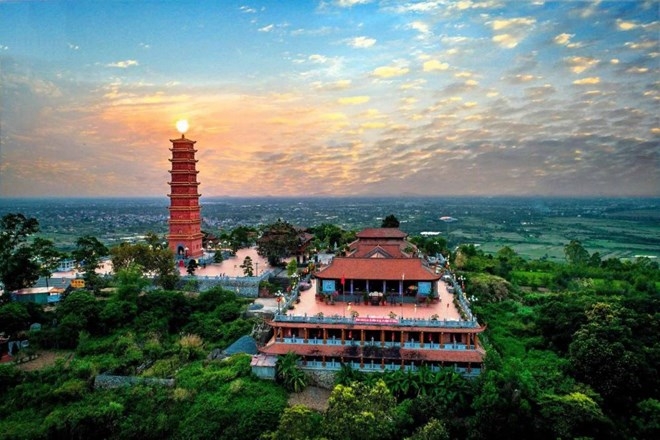
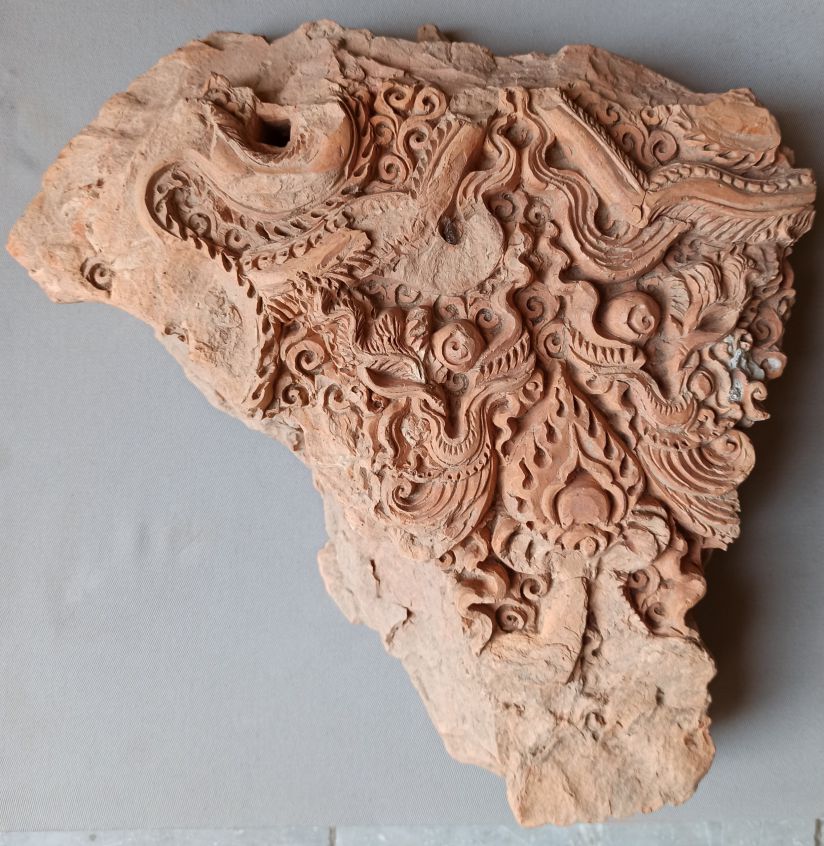

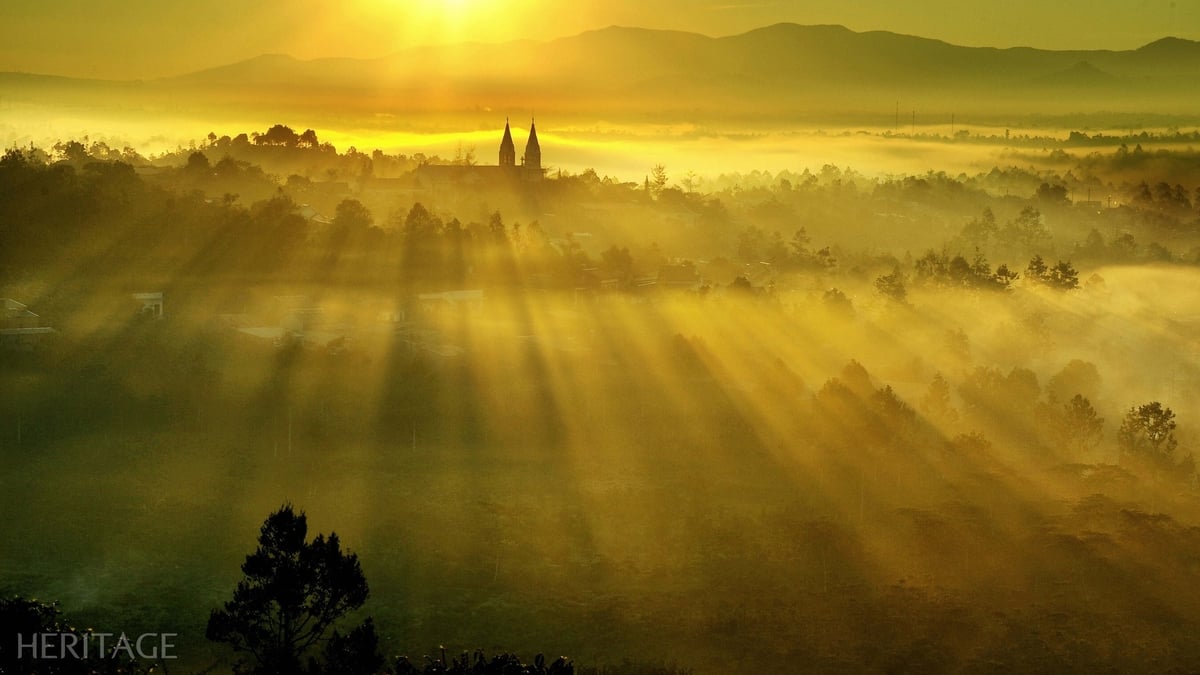

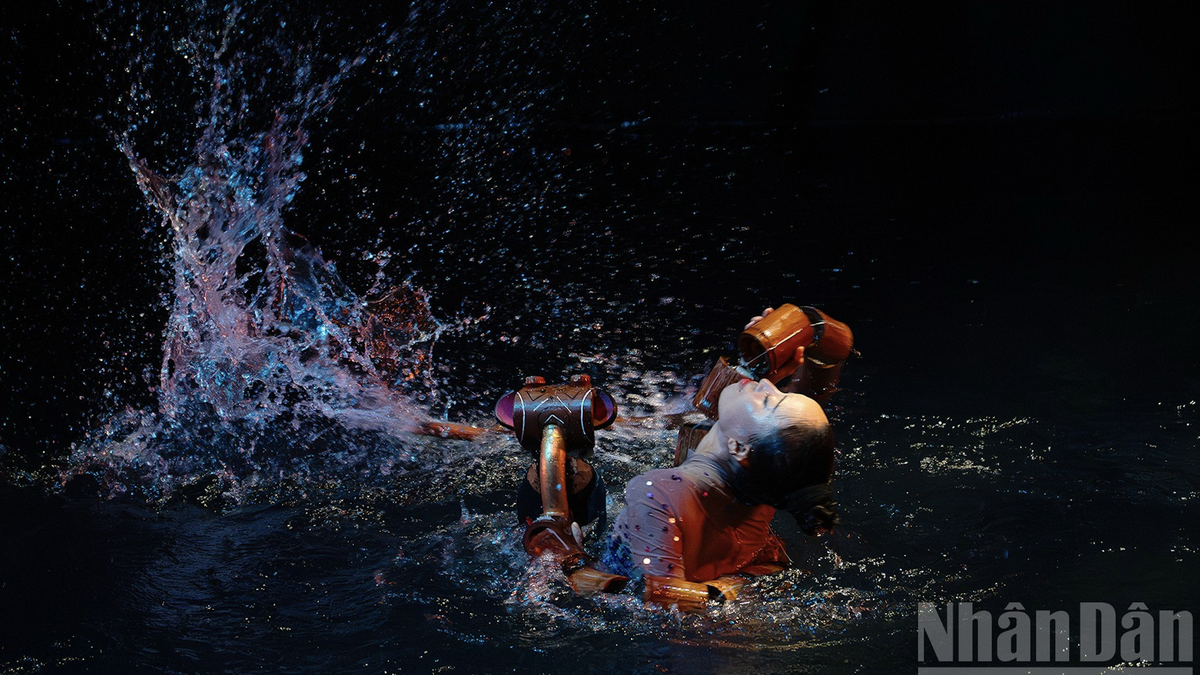
![[Photo] The 9th Party Congress of the National Political Publishing House Truth](https://vphoto.vietnam.vn/thumb/1200x675/vietnam/resource/IMAGE/2025/6/24/ade0561f18954dd1a6a491bdadfa84f1)

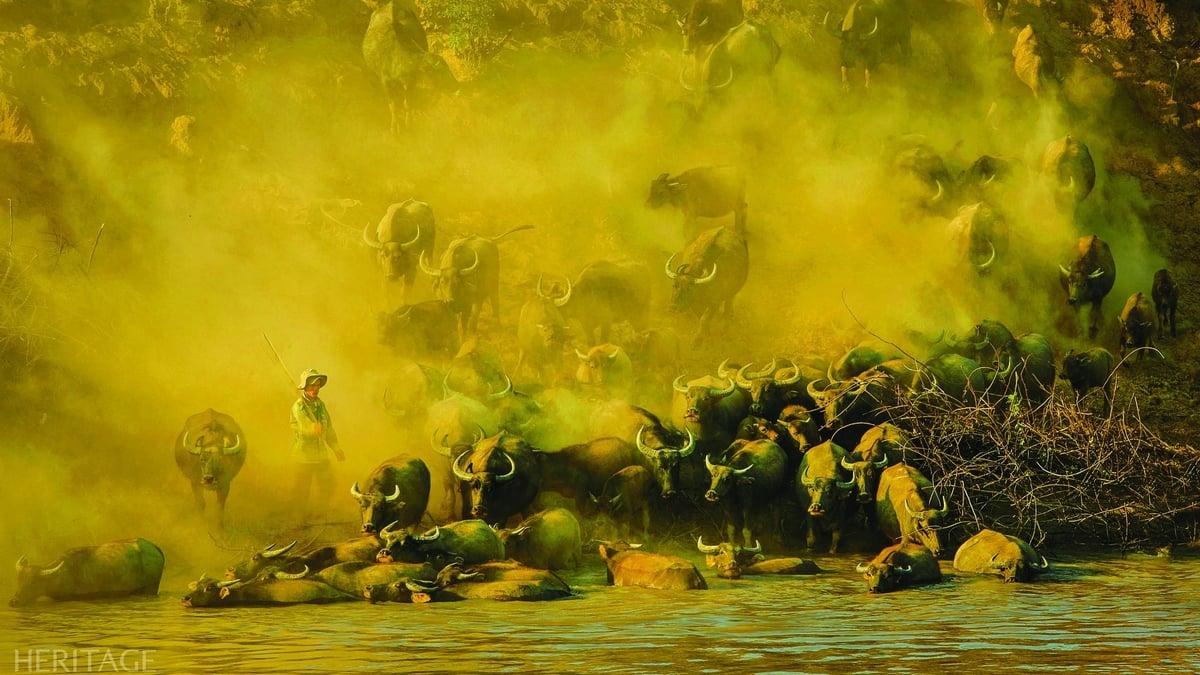
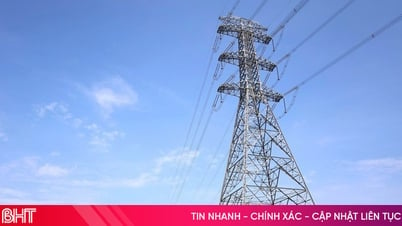


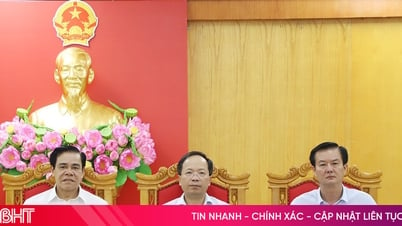







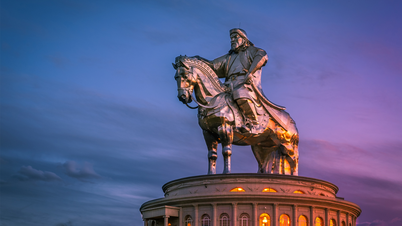
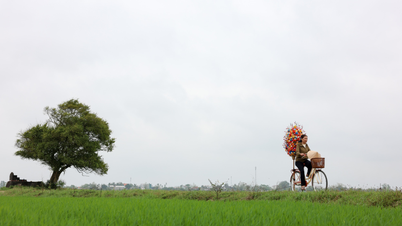
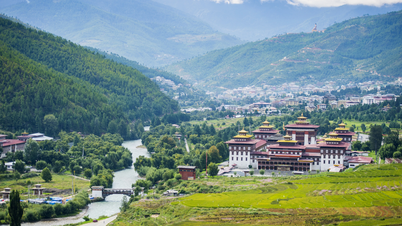
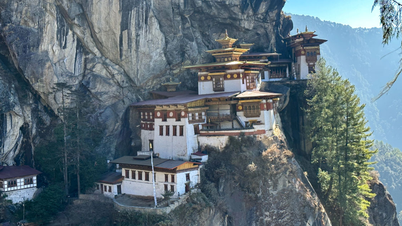

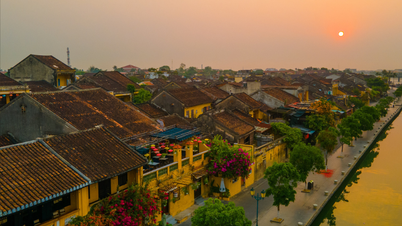
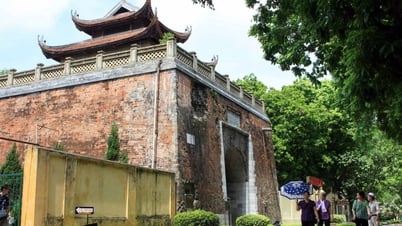

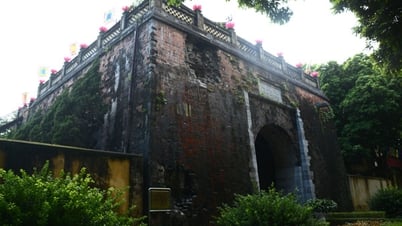

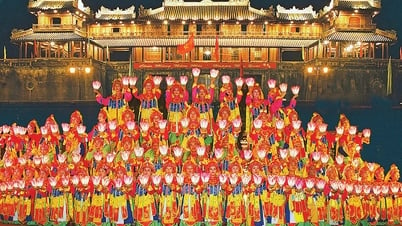



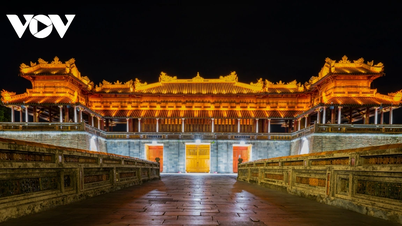







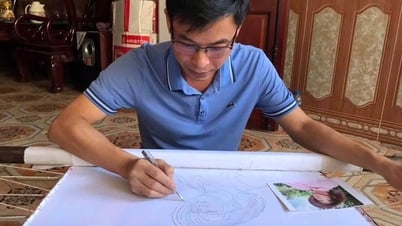
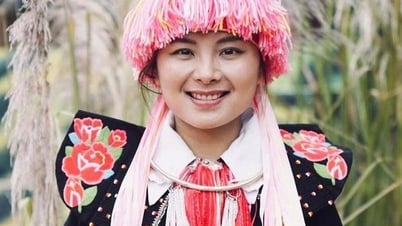




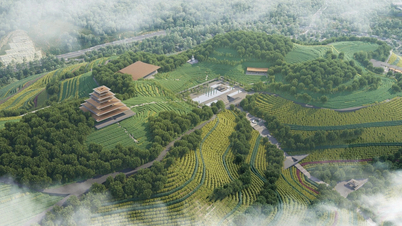








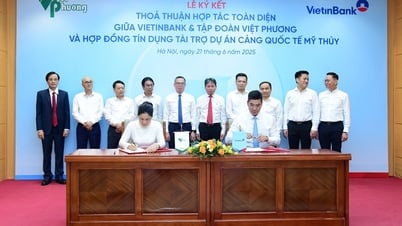
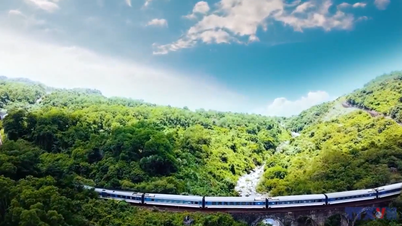









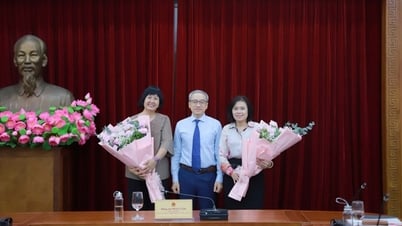









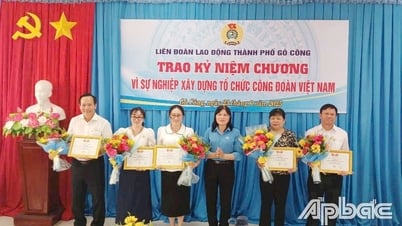




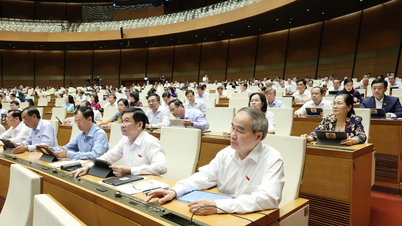














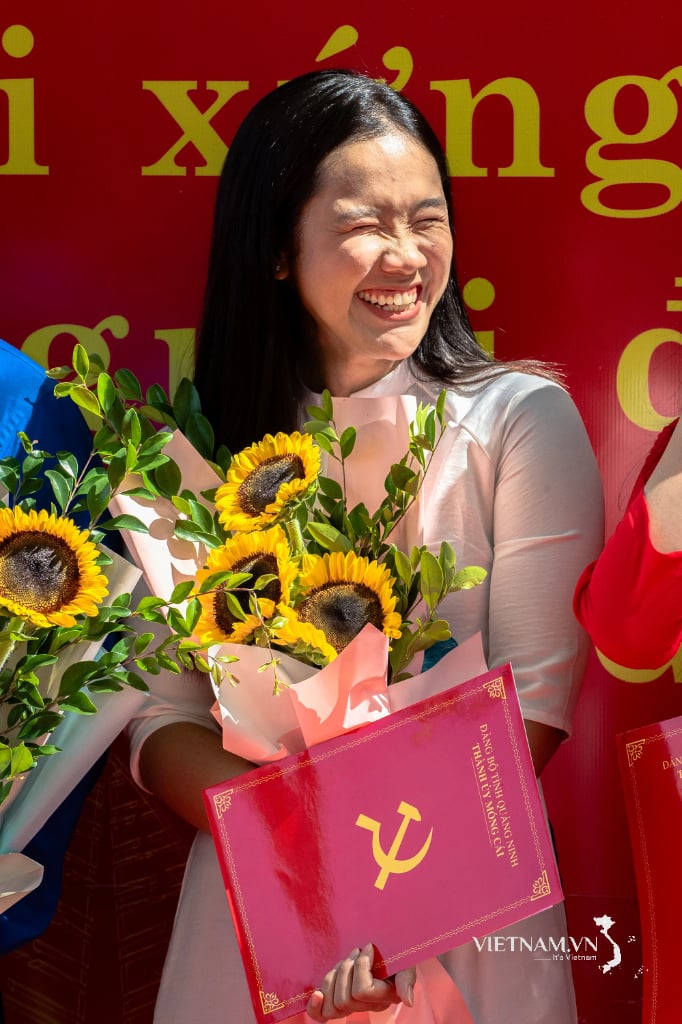


Comment (0)